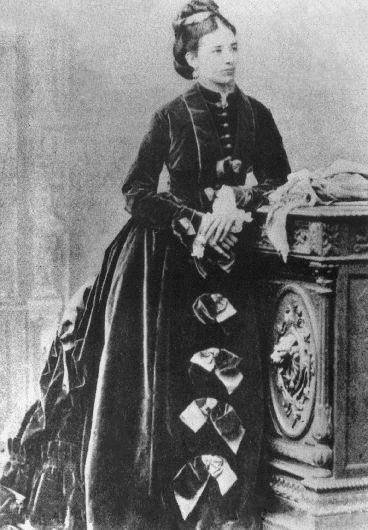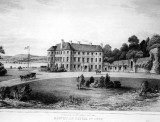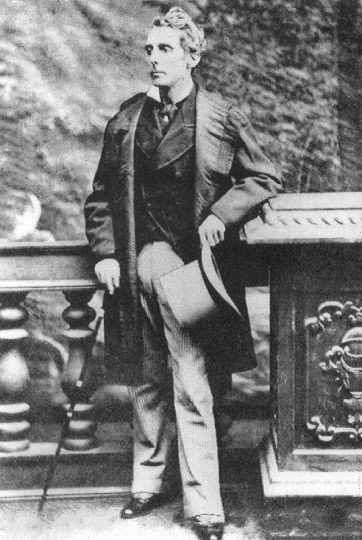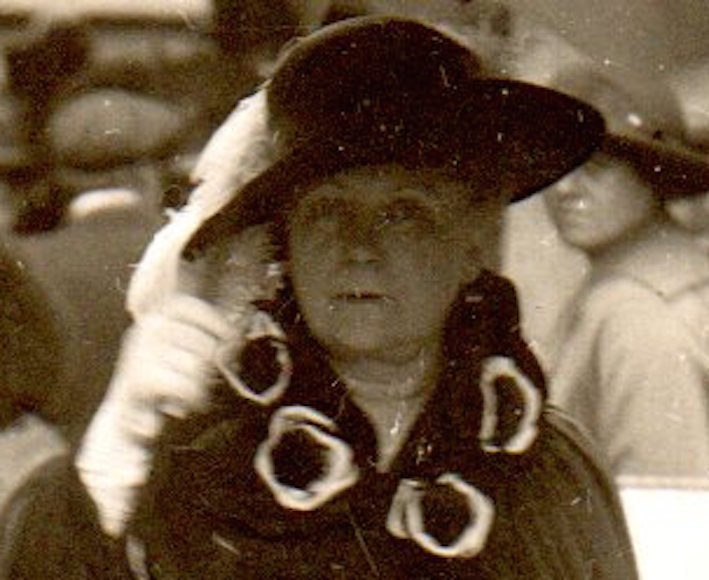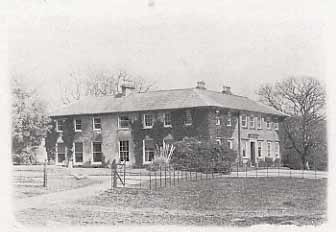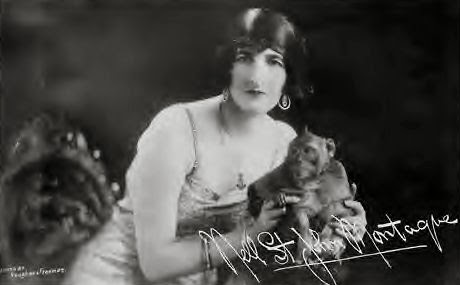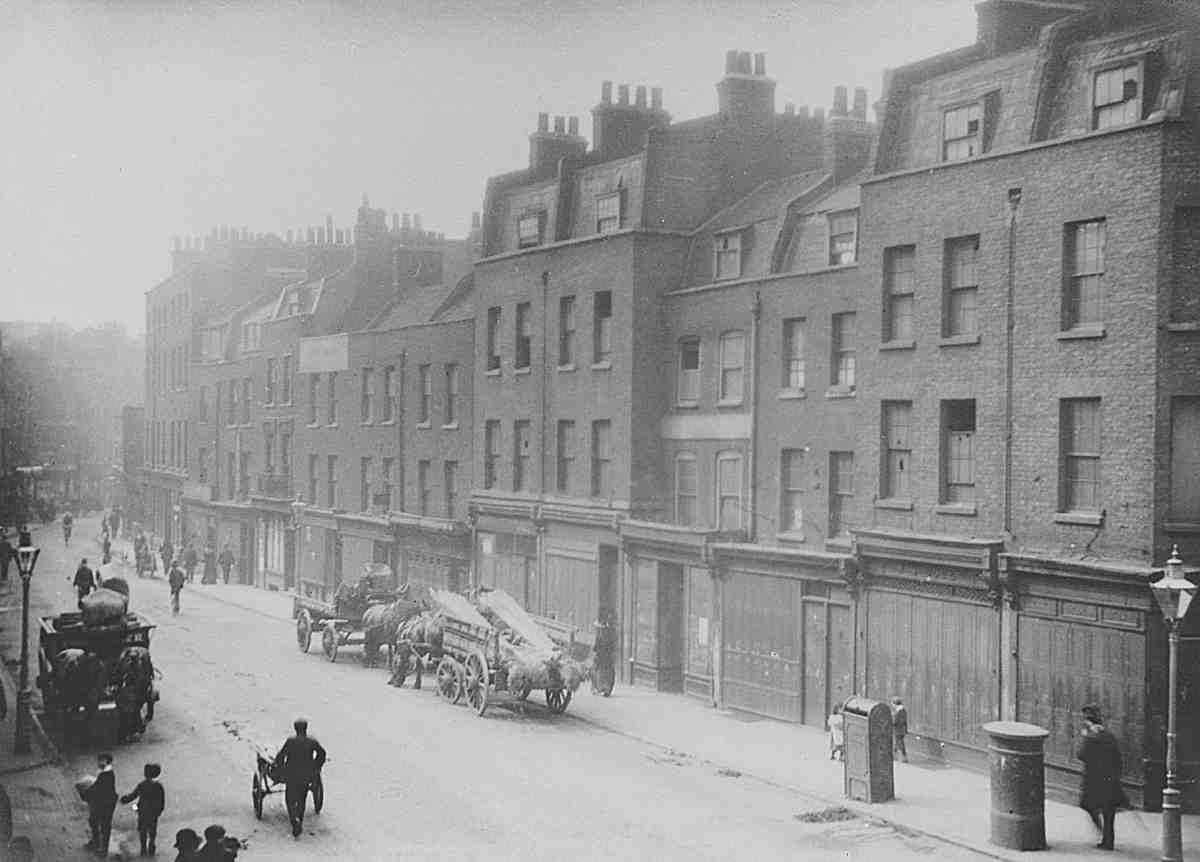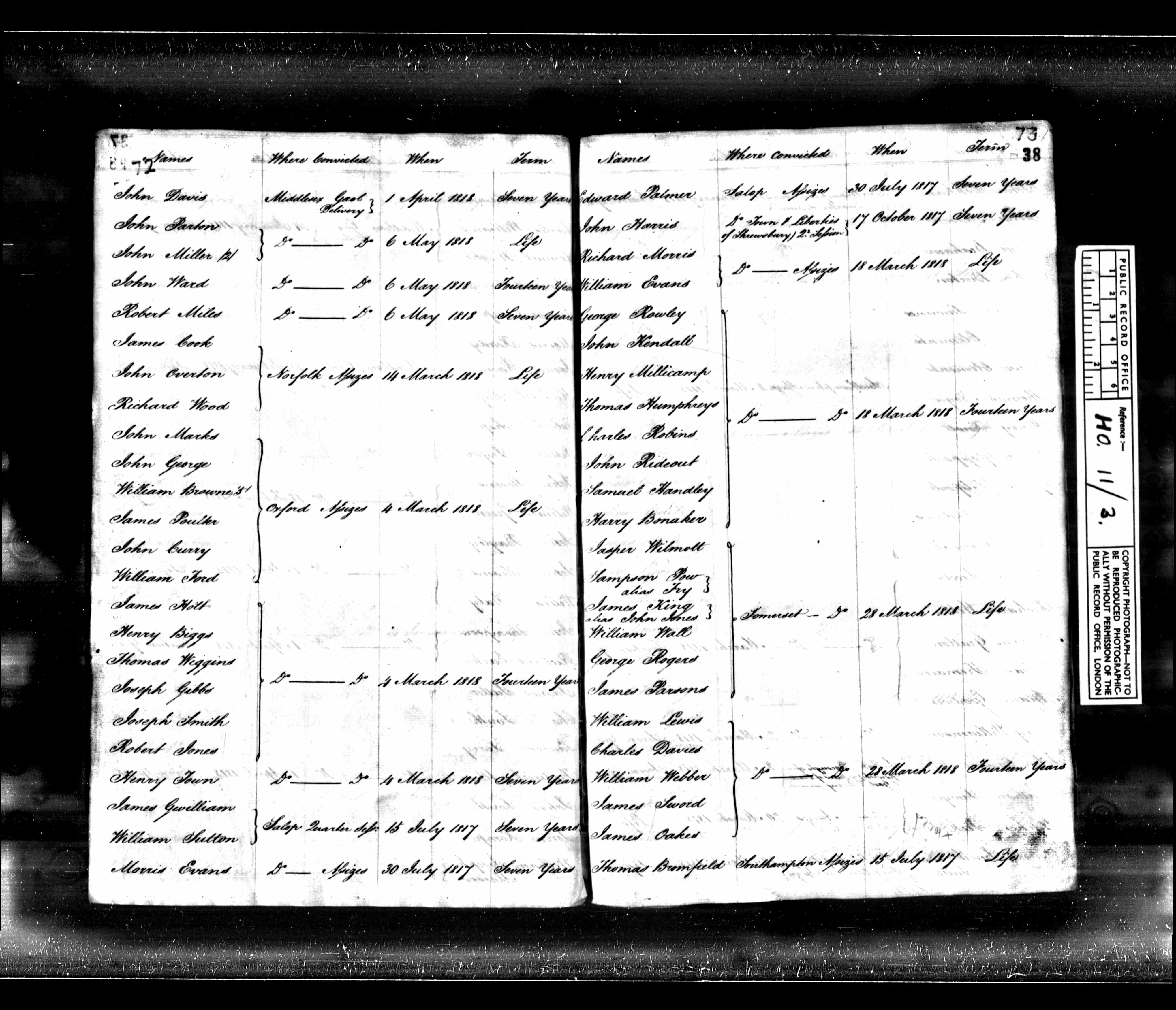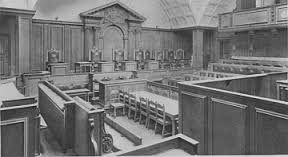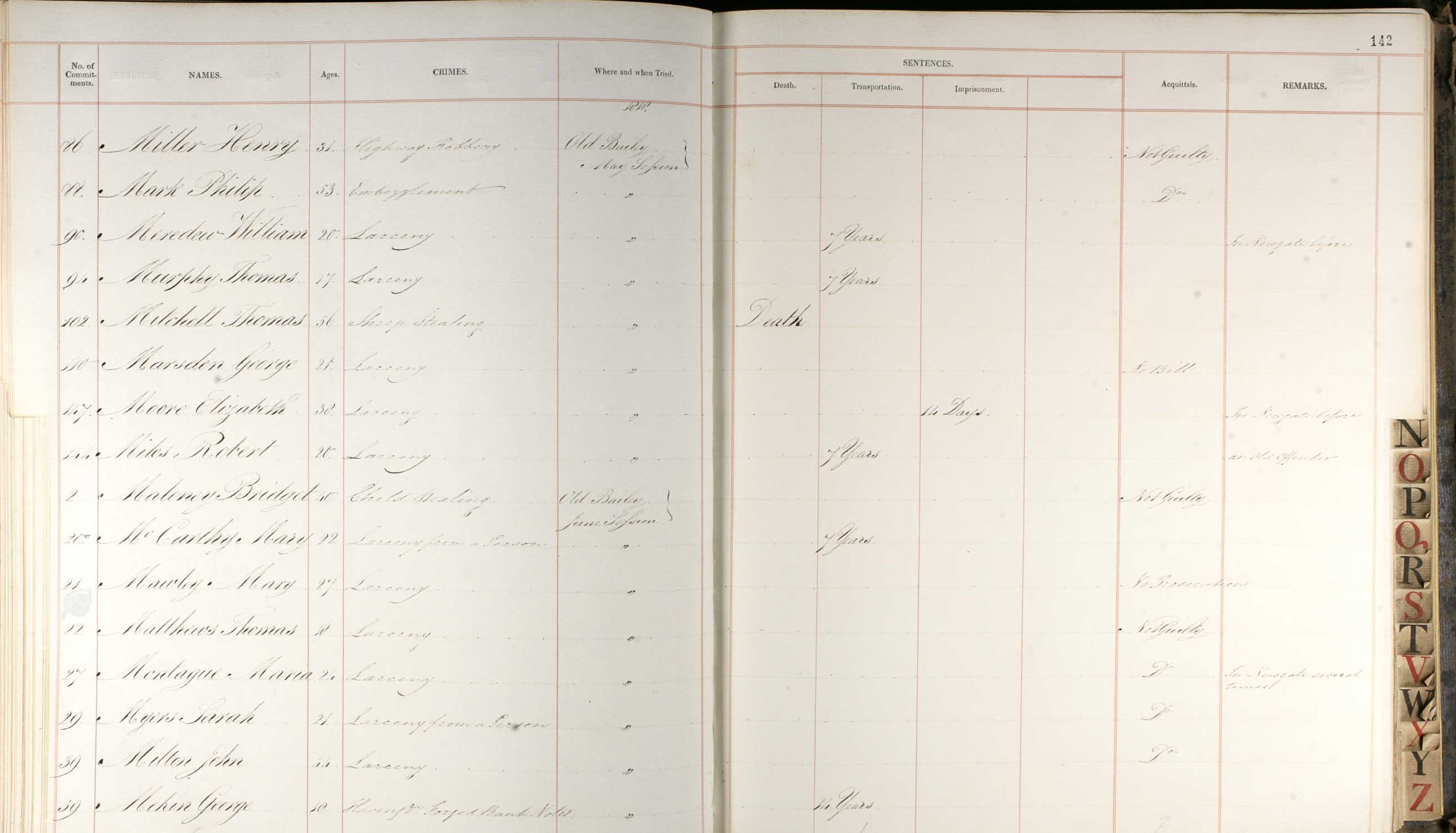The decade between 1861 and 1871 seems to be a pivotal one for the family. There is a definite sense of some succeeding, whilst others do nothing like as well; and by the start of the 1870’s there appears to be almost a gulf between the two remaining branches of the family.

Joe has already emigrated to Australia, and has married again, in 1860; though it is not clear whether his first wife is still alive in London. By 1860, he had gone bankrupt twice. He was first bankrupted in 1839, when his address was given as 33 Crown Row, Mile End Road, London, and had a brief spell in a debtor’s prison; he would have been 24.
He went bankrupt again in 1850, where he was described as a butcher & cowman, at 3 Wellington Street Bethnal Green. On the second occasion, William Purssell, his younger brother, appears to have stepped in and acts as his assignee – i.e, the person appointed to sort out his financial affairs.

John Roger has also gone bankrupt, probably in 1854. His slightly hubristic attempt to rival the established Purssell business in Cornhill, with his own business in Ludgate Hill, and Regent Street doesn’t seem to have worked, and by 1861, he is using the premises at 162 Regent Street as a photographer’s studio. Having said that, he is still describing himself as a confectioner in the census that year. He emigrates to Australia sometime in the 1860’s, but returns by the end of the century. His wife Eliza calls herself a widow, in the 1871 census, when she was living at 19 Lincoln Street, Mile End with their five youngest children. She describes herself as a house-owner, so obviously had some money. At least four of their seven children seem to have emigrated to Australia as well. Crucially, JR’s youngest, and only, daughter remained in London; and it’s with her, and her family, that he lives with on his return. So at least one of the children knew their father was still alive.
By 1861, things have progressed on the business front as well. James Purssell and his family moved to New York in 1857; he had originally been in partnership with William, dissolving the partnership in 1854, and then laterly in partnership with Alfred until 1857, with the move to New York, as shown from the notice in The London Gazette.
NOTICE is hereby given, that the Partnership hereto-fore subsisting between us the undersigned, James Purssell and Alfred Purssell, as Biscuit Bakers and Confectioners,under the style or firm of James and Alfred Purssell, in Cornhill and Finch-lane, in the city of London, is this day dissolved by mutual consent.—Dated this 14th day of October, 1857.
So by 1861, Alfred was in sole control of the Purssell business in London. He is thirty years old, the father of a two year-old daughter, and a widower.
Alfred married Laura Rose Coles in the spring of 1857 at St George the Martyr, in Southwark. He was twenty six, and she was two years younger. Laura Rose was born in Blackheath on 19th March 1833. By the time they were married, Queen Victoria had been on the throne almost twenty years, but even so they were born during the reign of William IV.
Laura Rose and Alfred’s marriage was short-lived, she died on 22nd February 1860, aged just twenty seven, at 8, Highbury Crescent West in Islington, about half a mile away from the site of the old Highbury stadium. Rather touchingly, Alfred and Laura Mary were living in “Laura House” in Blackheath in the mid-1860’s.
Anyway, back to who is where in 1861.
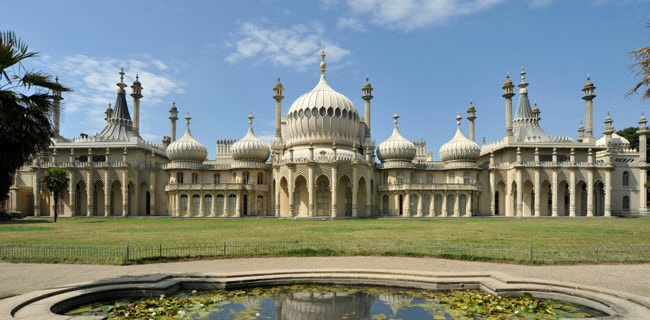
Alfred, his daughter Laura Mary, and his eldest sister Charlotte, are all staying with William and Eliza Purssell at 18 James Place, Brighton.
William Purssell describes himself as a retired confectioner, aged forty four; and may well have retired as early as 1854 when he dissolved the partnership he had with James. Fifty year old Charlotte describes herself as a fund-holder, implying she, too, has retired, and Alfred describes himself as an employer of fifty heads. That is a 25% increase in staff numbers over the last ten years, so business is expanding.
Also staying the night of the census, are three servants, a cook, housemaid, and a nurse; and twenty-eight year old William Jones, a manufacturer of artificial flowers from Plymouth, where he is employing fifteen people.

Back in London at 10 Union Place, Newington, in Lambeth, John Roger is still calling himself a confectioner, dabbling in photography, and according to photolondon.org placing advertisements in The Times in March, and May that year for the photography business in Regents Street.
He is a thirty-six year old father of four sons, and the household also has two young female house servants. There is no trace of his nine year old son Edward, nor seven year old Albert after the 1861 census, though the younger two, Francis, and Charles are living with their mother ten years later, along with Arthur,Augustus, and Eliza.
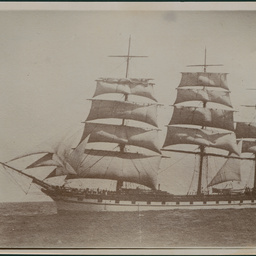
All of Eliza’s traceable sons appear to have gone to Australia. Francis emigrated on the Illawarra, arriving in New South Wales on the 6th Aug 1883.
Charles George seems to have emigrated some time after 1881, and died in Australia. Arthur, also, appears to have emigrated; and Augustus appears to have emigrated, married, and died in Australia as well.
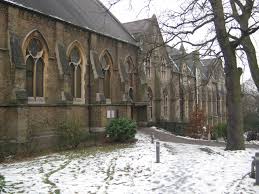
By 1871, Alfred has re-married, and had more children. Mother St George is in the convent in Norwood. Charlotte Purssell Jnr has died in London in 1869. James is in New York. William is dead. John Roger Purssell is presumed to be in Australia.
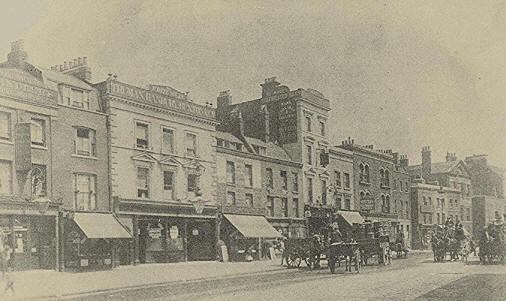
And finally, their mother Charlotte Purcell is living in Mile End, at 350 Mile End Road, aged eighty-one, with Mary Isaacs, a sixteen year old servant girl; and her daughter-in-law, Eliza (William’s widow) is living at 2 Satin Road, Lambeth, also with a servant. In her case, nineteen year old Louisa Cox, from Banbury, in Oxfordshire.
